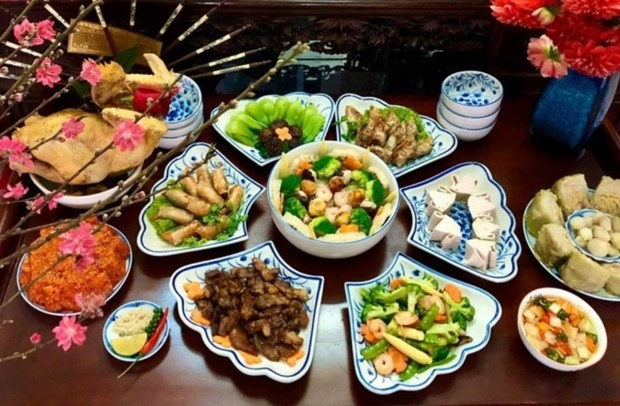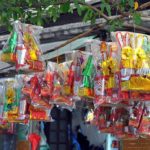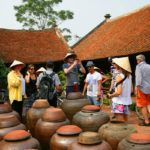For the Vietnamese people, the “Tat nien” meal holds great significance as it brings together all family members to strengthen their connections and foster unity after a busy year of individual pursuits.
According to regional traditions, not only family members but also neighbors and close friends are invited to join this meal, creating an opportunity for everyone to reminisce, reconcile any misunderstandings or conflicts, and let go of any lingering unhappiness from the previous year. This practice prepares them for a promising new year, filled with hopes and aspirations for a brighter future.
In addition to its role in family reunions, the “Tat nien” meal is a traditional ritual observed by the Vietnamese people to mark the end of the year, welcome the return of the Kitchen Gods (known as “Ong Tao”), and pay homage to their ancestors.
Following the meal, family members come together to celebrate the New Year Eve, which is regarded as a sacred and precious moment to be shared with loved ones.
During New Year’s Eve, Vietnamese families typically prepare offerings for their gods and ancestors, with the specific items varying based on regional traditions. These offerings often include incense, votive money, candles, betel leaves, areca nuts, wine or tea, and “Banh Chung” (a traditional sticky square cake).
Given the profound significance of the “Tat nien” day, all Vietnamese people, regardless of their whereabouts, make every effort to return home and revel in the joy of this day with their families. This cherished tradition serves as a testament to the beauty and spirit of the nation.
Bidding farewell to the Kitchen Gods, Vietnamese people offer them red carps
The Hanoitimes – Fire is set in stoves across the country to burn joss paper, votive boots, hats and other offerings for the Gods while living carps are released to ponds and lakes.









